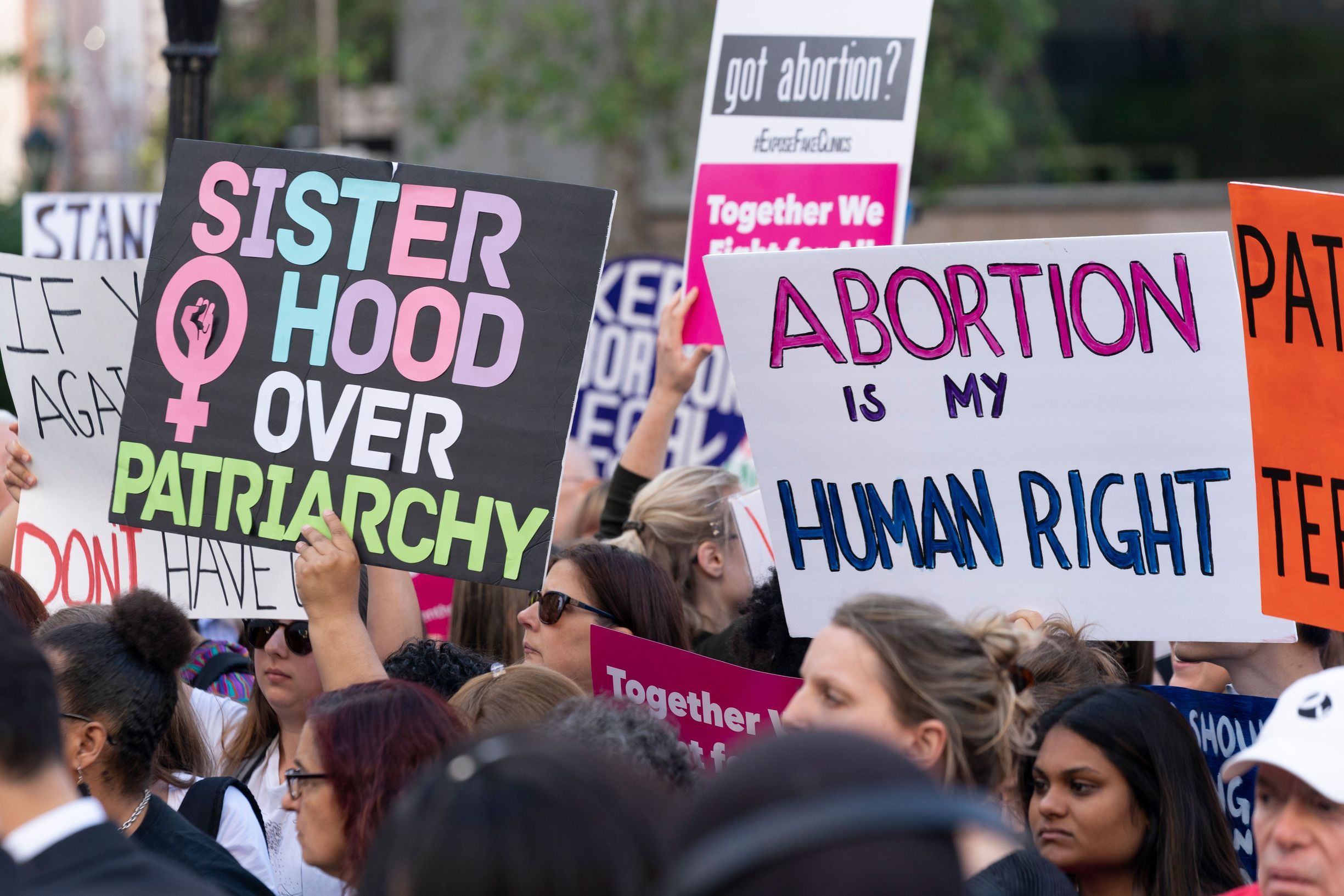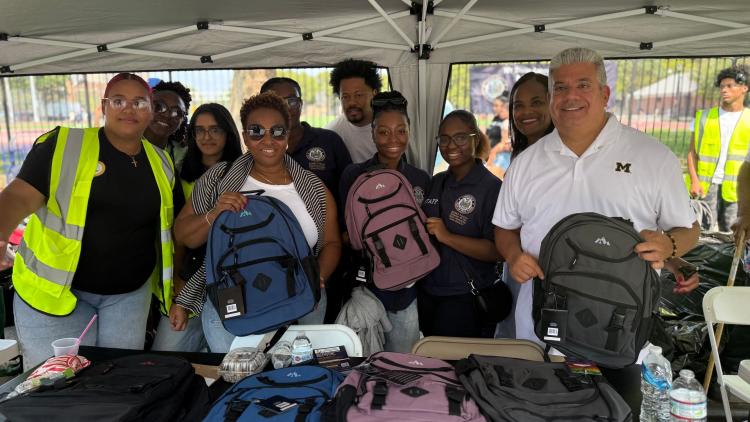
Proposition 1 Abortion Rights vs Gender in Sports
NYC Newswire
Proposition 1 Abortion Rights vs Gender in Sports
On November 5, 2024, Election Day, New Yorkers will vote on Proposition 1, also known as the Equal Protection of Law Amendment. This measure proposes adding specific protections for reproductive rights, including abortion and contraception access, as well as anti-discrimination protections related to gender, sex, and reproductive healthcare. There are two major components of Proposition 1 that are most controversial, abortion rights and gender identity in sports. Supporters view Proposition 1 as a critical step to ensure these rights, while opponents warn it could have far-reaching consequences. Here’s how Proposition 1 could impact abortion rights and gender inclusion in sports.
Protecting Abortion Rights at the Constitutional Level
Securing Access to Reproductive Healthcare
Proposal 1 would enshrine the right to abortion and access to contraception in the New York State Constitution. This move would protect reproductive rights from future restrictions, even if federal policies or national court rulings shift. Following the Dobbs v. Jackson Women’s Health Organization decision, which overturned the federal right to abortion, many states have reevaluated their stance on reproductive healthcare. New York’s Proposal 1 positions the state as a defender of these rights, preventing future state administrations from imposing new limitations on abortion access.
Supporters argue that constitutional protection is crucial to safeguarding reproductive rights, particularly as legal battles over abortion continue across the U.S. By embedding these protections, New York aims to maintain access for residents and for those traveling from states with restrictive laws. Advocates believe Proposal 1 could set a model for other states looking to secure reproductive healthcare rights at the state level.
Debates on Scope and Legal Interpretations
Critics of Proposal 1 argue that its broad language could lead to unintended legal consequences. By embedding reproductive rights in the constitution, they say, the amendment could lead to legal challenges that stretch beyond abortion, possibly impacting parental rights in youth healthcare decisions. Opponents are also concerned about future court interpretations that might expand the amendment’s reach, leading to litigation on various healthcare matters.

New,York,,Ny,-,May,21,,2019:,Hundreds,Of,Pro-choice
NYC Newswire
New York, NY - May 21, 2019: Hundreds of pro-choice demonstrators rally for women rights organized by Planned Parenthood on Foley Square

New,York,,Ny,-,May,21,,2019:,Hundreds,Of,Pro-choice
NYC Newswire
New York, NY - May 21, 2019: Hundreds of pro-choice demonstrators rally for women rights organized by Planned Parenthood on Foley Square
Impacts on Gender in Sports
Ensuring Inclusive Participation
Proposal 1’s anti-discrimination clause would prevent discrimination based on gender and sex, with potential impacts on gender inclusion in sports. The amendment’s language could support policies that allow athletes to participate in school and community sports programs according to their gender identity, aligning with New York’s broader commitment to inclusion.
If enacted, Proposal 1 would bolster transgender rights in sports, offering a legal foundation for individuals to compete in alignment with their gender identity. Similar protections have been adopted in states like California, where anti-discrimination laws support transgender athletes’ participation. Advocates argue that the amendment would protect against discrimination and promote equal access in all public services, including sports programs.
Concerns About Fairness in Competitive Sports
However, the potential impact on competitive balance in women’s and girls’ sports has sparked debate. Opponents worry that the amendment’s protections could enable transgender women and girls to compete in sports designated for females, which some believe could lead to competitive advantages. This has been a divisive issue nationwide, with advocates for women’s sports concerned about maintaining fair competition.
Read the Proposition 1 Amendment Here

Gender in Sports
Shutterstock
Fashion rubber snickers with flag of LGBT isolated on white background

Gender in Sports
Shutterstock
Fashion rubber snickers with flag of LGBT isolated on white background
A Pivotal Decision for New Yorkers
Proposal 1 represents a significant step toward embedding protections for both reproductive rights and gender identity in the New York State Constitution. Supporters view the amendment as a necessary response to recent national shifts in policy on abortion and anti-discrimination. Opponents, however, caution against broad constitutional changes, pointing to potential legal complexities and unintended impacts. As New Yorkers prepare to vote, the outcome of Proposal 1 could influence policy discussions both within the state and beyond.








